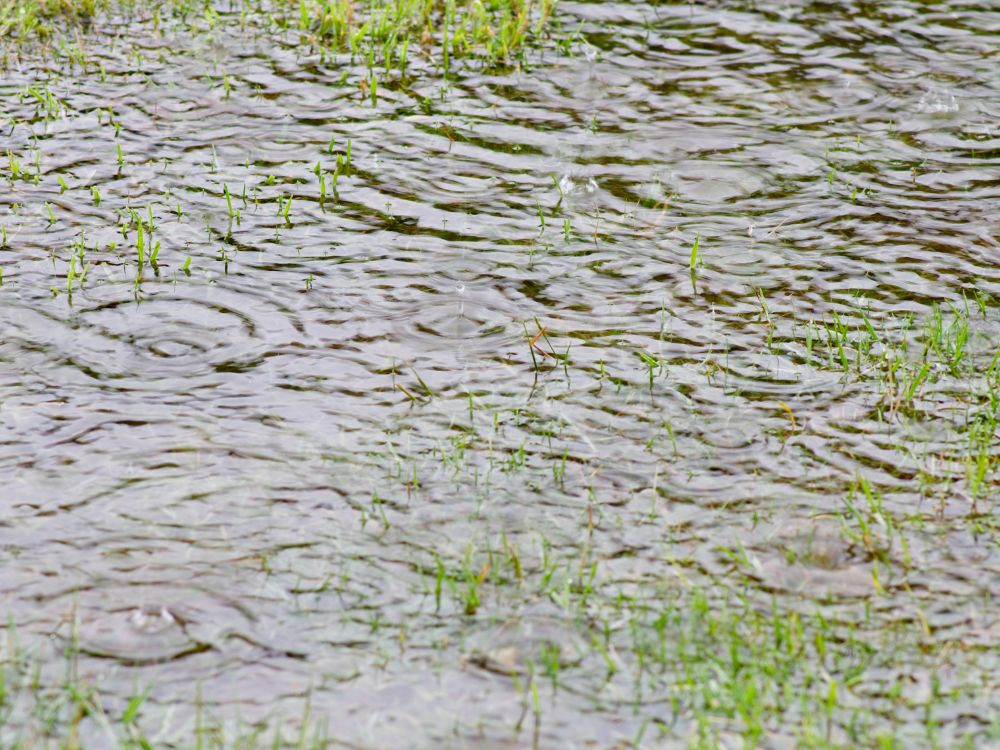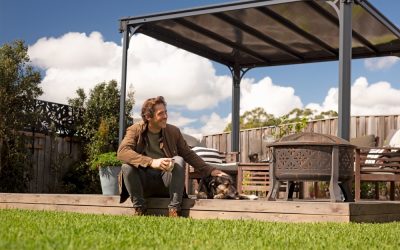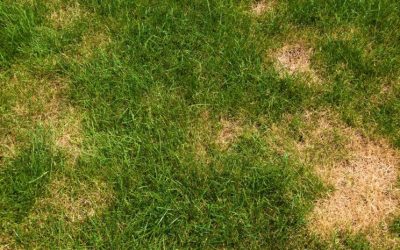How To Recover A Lawn After Flooding
Quick Links
How to Recover Your Lawn After Flooding: A Comprehensive Guide
As the flooding starts to subside, you might be faced with a lawn that’s looking a bit worse for wear. Whether it’s excess water, washed up sediment, debris or an invasion of weeds, flooded lawns are often left with too many issues to allow them to recover on their own.
In this guide, we’ll take you through the immediate steps you should take to help your lawn recover from flooding as well as what to look out for following flood damage.
5 Steps To Help Your Lawn Recover After Flooding
The size of turf refers to the dimensions of the individual rolls or pieces of grass that make up your new lawn. This seemingly minor detail can significantly impact the installation process and the overall appearance of your landscape.

Wait Until Your Lawn Is Safe
Before you start to help your lawn recover, you need to make sure it is safe to do so. If it’s still raining, or if the flood hasn’t subsided yet, you are better to just wait. You want to make sure you aren’t going to slip and hurt yourself or step on hidden debris beneath the water.
Additionally, if you’re still experiencing heavy rain, you should resist trying to apply any lawn care products or perform any lawn care practices as it could be a waste of money or cause unnecessary stress for your lawn.
Dethatching, fertilising, and topdressing are best avoided until your lawn has had a chance to dry out and recover.
Drain Away As Much Excess Water As You Can
Water-logged roots struggle to access and absorb the oxygen and nutrients they need to thrive. By aerating the wet soil, you alleviate the moisture and allow air to flow more freely to your lawn’s root system.
Remove Sediment and Debris
While you need to be careful cleaning up debris, it’s silt and sediment that can be more difficult. This may look like a thick layer of mud covering your lawn. Not only does this look bad but too much sediment can smother the grass, stopping it from absorbing sunlight.
You can remove any large bits of debris or sediment by hand, as long as you’re wearing gloves. Once you’ve removed what you can, the best way to clean up the rest is with a high-pressure hose. While this sounds counter-intuitive,
it’s the best working option. An alternative is to use an old rotary mower but make sure it has a catcher attached.

Mow Once Your Lawn Is Dry
Once your lawn is dry, you can mow your lawn again to its normal mowing height.
However, if the grass blades are quite long, you may need to raise this height slightly, so you aren’t mowing off more than one third at a time.
What’s important is that you get back to your normal mowing habits and lawn care as soon as possible to help with promoting healthy lateral growth.
Fertilise Your Lawn
Exceed, will give your lawn the fast-acting boost it needs after a stressful event such as a flood.
However, you may decide to opt for a pre-emergent herbicide like Oxafert as that will not only fertilise your lawn, but it will provide pre-emergent protection from weeds as well.
Caring For Flooded Lawns After Recovery
Here are some things that your lawn is particularly susceptible to after excessive rain.
Fungal Diseases
With damp grass and humidity, the best thing you can do is ensure your lawn gets as much sunlight as possible.
However, if you start to spot dead grass or fungal growth, an application of fungicide may be needed to help your lawn recover.
Lawn Weeds
Due to this, you may find new or more weeds start to appear even after your lawn has recovered.
You can hand pull these or use a herbicide, but if you want to get ahead of the weeds and prevent their growth you can use a pre-emergent herbicide (Oxafert).
Hydrophobic Soil
Hydrophobic soil has a waxy layer over the top that stops your lawn from getting the water it needs for healthy grass growth.
The best way to fix hydrophobic soil is with a wetting agent application using a product such as Lawn Soaker.
When residential lawns fall victim as part of the flood zone, the biggest challenge to overcome is the damage caused by waterlogging.
However, by following these steps and keeping an eye on your lawn after the excessive moisture is gone, you can restore and maintain your turf grass health.
read more!
recent posts
What is the Best Grass for a Lawn? A Complete Guide to Top Choices
Discover the best grass options for your lawn with our complete guide. Make informed choices for a lush, healthy yard. Read more to find your ideal grass!
Choosing the Right Weed Killer for Your Sir Grange Zoysia Lawn
Discover the best weed killer for Sir Grange Zoysia and essential tips for effective application. Enhance your lawn’s health and beauty!
Why Is My Zoysia Grass Dying? Common Causes and Solutions to Revive It
Is your Zoysia grass struggling? Discover common causes of decline and effective solutions to restore its health. Read the article for expert tips!

Our Turf
TifTuf Bermuda
Buy Turf Online © 2019 All Rights Reserved. | Proudly Designed and Developed by Sydney ICT



